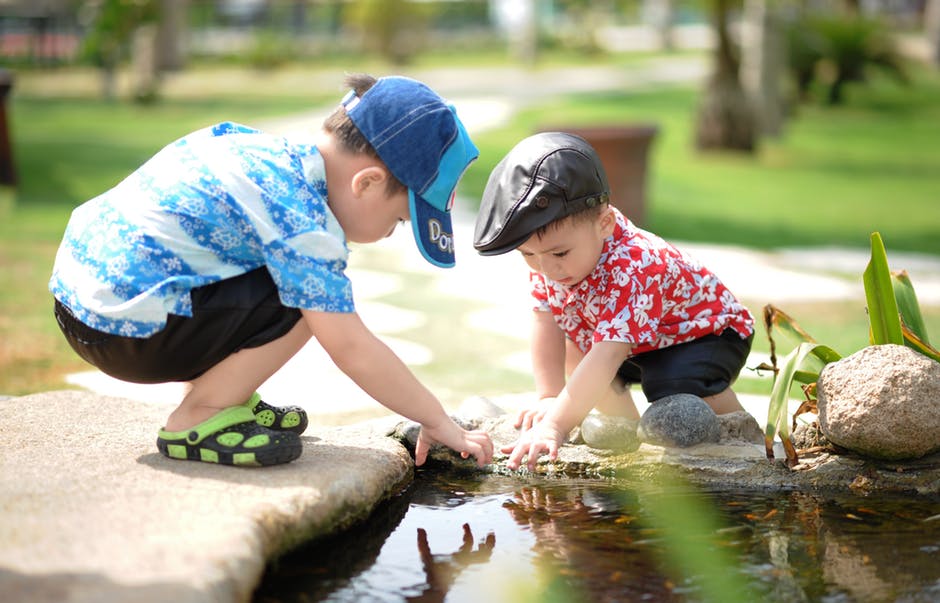A new study from MIT reveals that babies as young as 15 months can learn to follow this advice. The researchers found that babies who watched an adult struggle at two different tasks before succeeding tried harder at their own difficult task, compared to babies who saw an adult succeed effortlessly.
The study suggests that infants can learn the value of effort after seeing just a couple of examples of adults trying hard, although the researchers have not studied how long the effect lasts. Although the study took place in a laboratory setting, the findings may offer some guidance for parents who hope to instill the value of effort in their children, the researchers say.
There's some pressure on parents to make everything look easy and not get frustrated in front of their children.
Putting in the effort
Many recent studies have explored the value of hard work. Some have found that children's persistence, or "grit," can predict success above and beyond what IQ predicts. Other studies have found that children's beliefs regarding effort also matter: Those who think putting in effort leads to better outcomes do better in school than those who believe success depends on a fixed level of intelligence.
Leonard and Schulz were interested in studying how children might learn, at a very early age, how to decide when to try hard and when it's not worth the effort. Schulz' previous work has shown that babies can learn causal relationships from just a few examples.
To do that, they designed an experiment in which 15-month-old babies first watched an adult perform two tasks: removing a toy frog from a container and removing a key chain from a carabiner. Half of the babies saw the adult quickly succeed at the task three times within 30 seconds, while the other half saw her struggle for 30 seconds before succeeding.
The experimenter then showed the baby a musical toy. This toy had a button that looked like it should turn the toy on but actually did not work; there was also a concealed, functional button on the bottom. Out of the baby's sight, the researcher turned the toy on, to demonstrate that it played music, then turned it off and gave it to the baby.
Each baby was given two minutes to play with the toy, and the researchers recorded how many times the babies tried to press the button that seemed like it should turn the toy on. They found that babies who had seen the experimenter struggle before succeeding pressed the button nearly twice as many times overall as those who saw the adult easily succeed. They also pressed it nearly twice as many times before first asking for help or tossing the toy.
The researchers also found that direct interactions with the babies made a difference. When the experimenter said the infants' names, made eye contact with them, and talked directly to them, the babies tried harder than when the experimenter did not directly engage with the babies.
